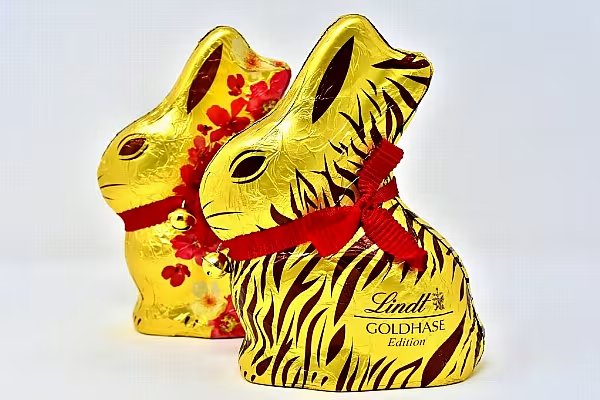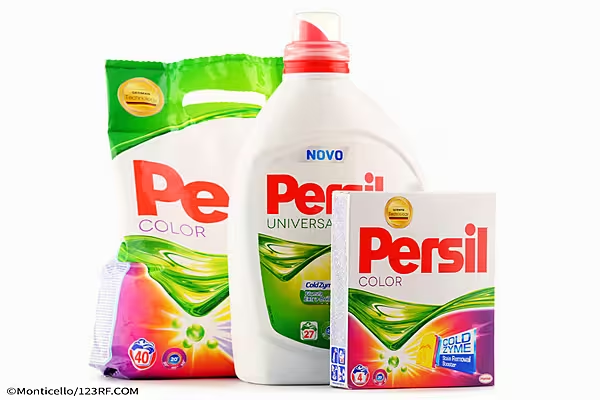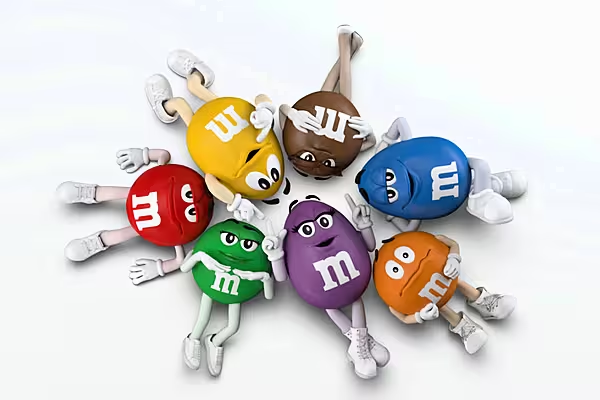Can a chocolate bunny be trademarked? Tom Robson, associate, Reddie & Grose analyses the recent legal battle between confectionery firm Lindt & Sprüngli and discounter Lidl.
Having secured a position as industry leaders in seasonal confectionery, Lindt must now contend with challenges to its throne.
In the most recent instalment of Lindt’s battle to protect third parties from retailing chocolate products that have a similar look to its golden bunny, it has succeeded in proceedings against Lidl before the Federal Supreme Court of Switzerland.
Lindt has been selling its golden foil wrapped chocolate bunnies since 1952. The shape, the wrapping, the details down to the silver bell on a red scarf, are all synonymous with its brand and quality. With much to be gained from association with its chocolatiers’ excellence, rivals must be deterred from imitating the Lindt brand with hare-raising copycat products.
Swiss Commercial Court
Over the years, Lindt has been involved in numerous tussles to prevent perceived third-party infringement. The case in question commenced in 2017 when Lindt filed a claim with the Swiss Commercial Court against Lidl to prevent the sale of its version of the bunny. Lindt argued that Lidl’s sales of its product should be prevented under Swiss trade mark law due to the confusing similarity between its trade mark registrations and Lidl’s product.
The initial case with the Commercial Court was dismissed but the decision was appealed by Lindt to the Swiss Supreme Court. Lindt persisted with the argument that Lidl’s bunnies resemble the features of their own bunnies, making it likely that consumers would confuse the two products, with survey evidence to support their claim.
Basing their decision partially on the survey evidence conducted by Lindt, the Supreme Court overseeing the appeal overturned the Commercial Court’s decision. According to the Supreme Court, there is a risk of confusion between the two bunnies, even if there are some evident differences between the two.
The Supreme Court’s press release on Lindt vs Lidl suggests that whilst Lidl’s products in their current form will have to be destroyed, 'this does not necessarily mean that the chocolate as such has to be destroyed'. It appears therefore that Lidl will have their hands full ahead of Easter melting and refashioning its products.
Trade Mark Rights
Aside from demonstrating Lindt’s continued determination to aggressively protect the intellectual property rights which reside in its bunny product, it also demonstrates the contentious and complex nature of trade mark rights in 3D shapes.
Obtaining a registered trade mark for the shape of a product is far from straightforward. Unless the product shape is particularly unusual compared to similar products, it is unlikely to obtain registered trade mark protection.
Even then, it is likely that the application would have to be supported by evidence of longstanding use, which will have educated the general public in to recognising the product as originating from a particular company.
As an alternative, if a company finds the shape and look of its product an important aspect which they wish to protect, it is possible to obtain protection for the look or shape of a product through a registered design application.
However, the obvious priority for a company is to protect the name of its product brand name before filing to protect the look of their product.
© 2022 European Supermarket Magazine – your source for the latest A-Brands news. Article by Tom Robson, associate, Reddie & Grose. Click subscribe to sign up to ESM: European Supermarket Magazine.














